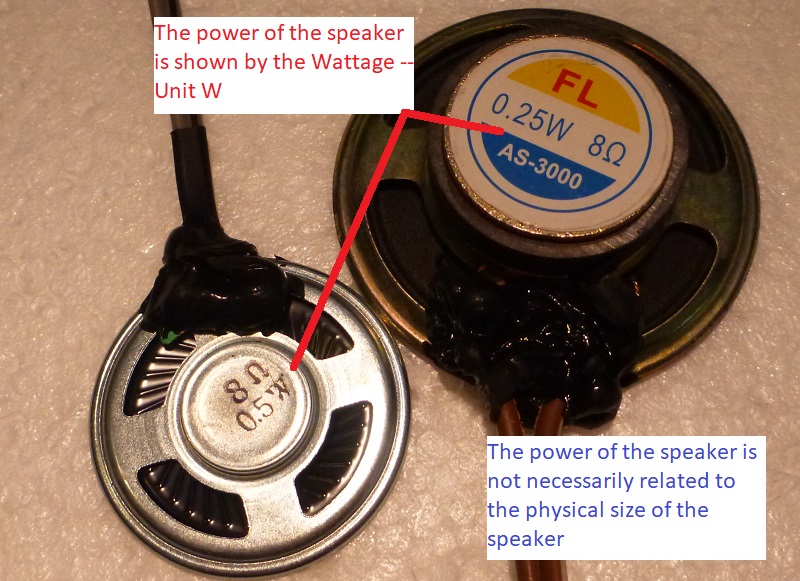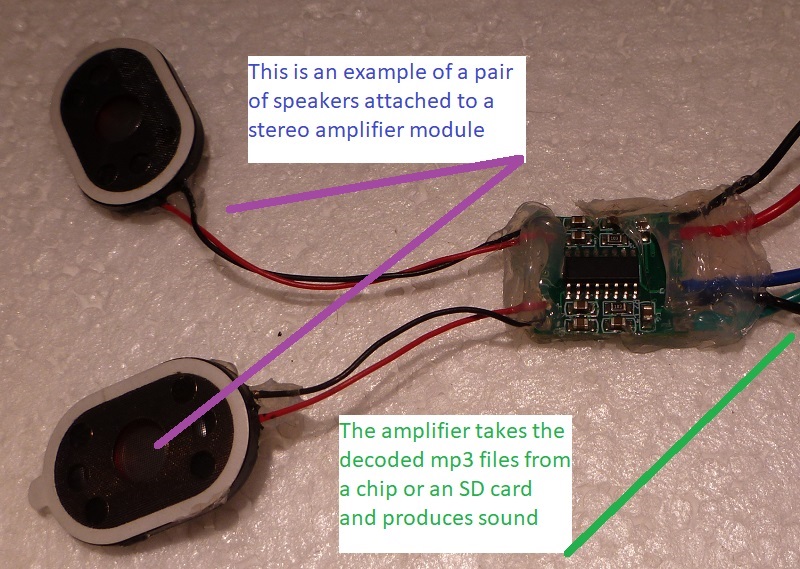Using Speakers and
Making Sounds
In 1876 an engineer named Bell obtained a patent for a device that could
transmit understandable voice sounds over a wire. Bell was one of many
scientists, technologists, engineers and mathematicians who develop the
speakers we use today.
Speakers come in a variety of physical sizes and shapes. The power of
the speaker is measured in watts ( Unit W ). One watt is calculated as an
electrical source of 1 volt supplying 1 amp of electrical current. It is
called a "derived" unit, since you calculate it by measuring voltage and
amperage.
Please read this week's
Tasks and Activities.
- Go to one of the work stations set up around the room. Touch the
negative wire of the speaker to the negative terminal of the
battery. What do you notice?
- How can you tell that the speakers in the classroom contain magnets?
- How is the wattage of a speaker "derived"?
- Does your project require sound? Will you need to attach
an amplifier to make the sound louder?
- Why are some speakers more expensive than others?
|
|
|
Don't forget to email your choices/answers
to Mr. Widmer by the end of this week. Keep a copy of that email
in your Google Docs folder.
|
|


